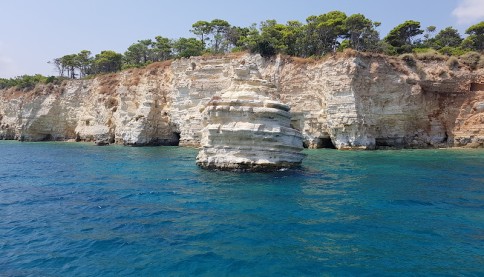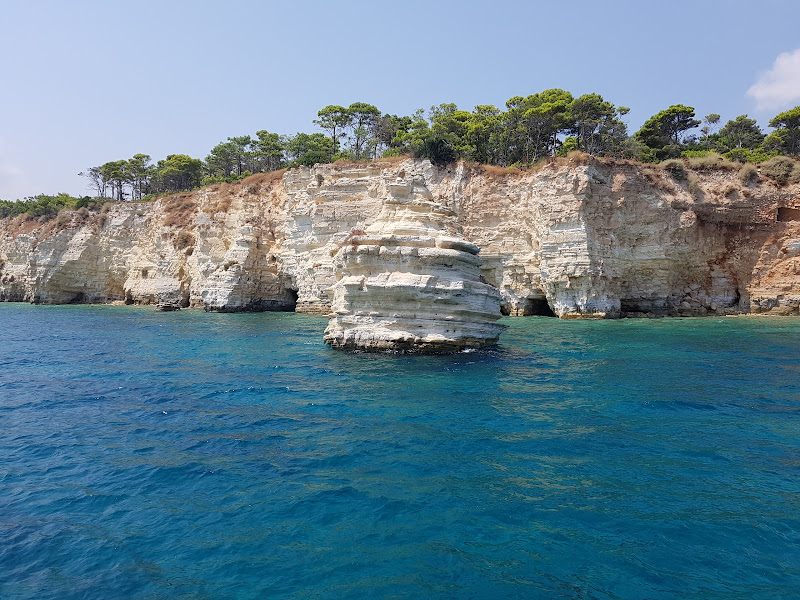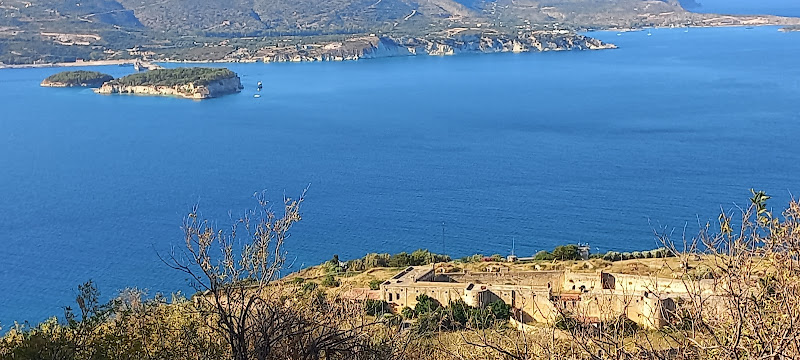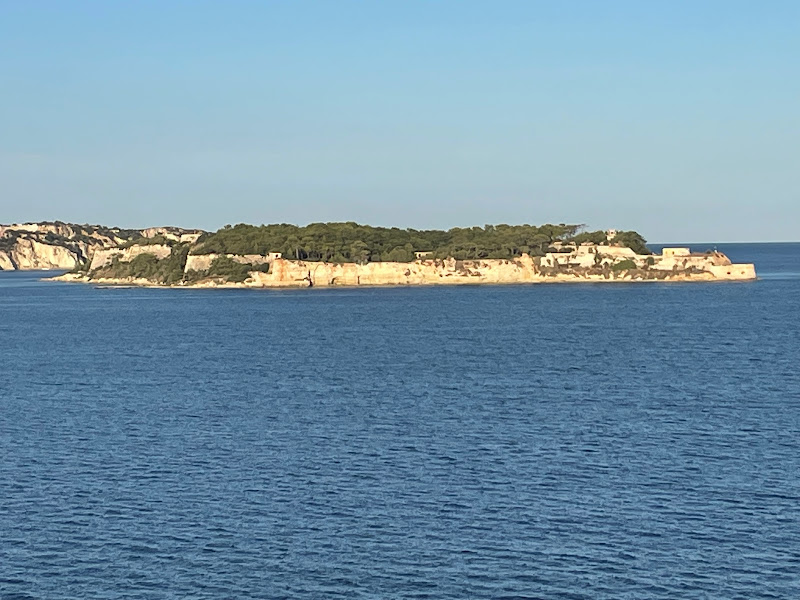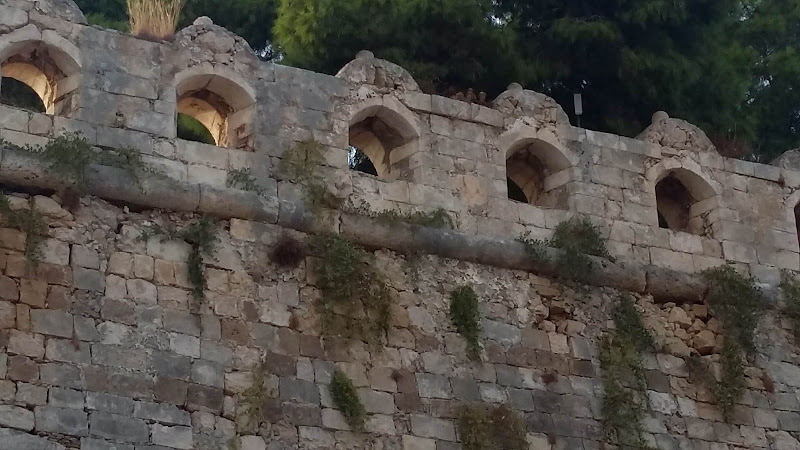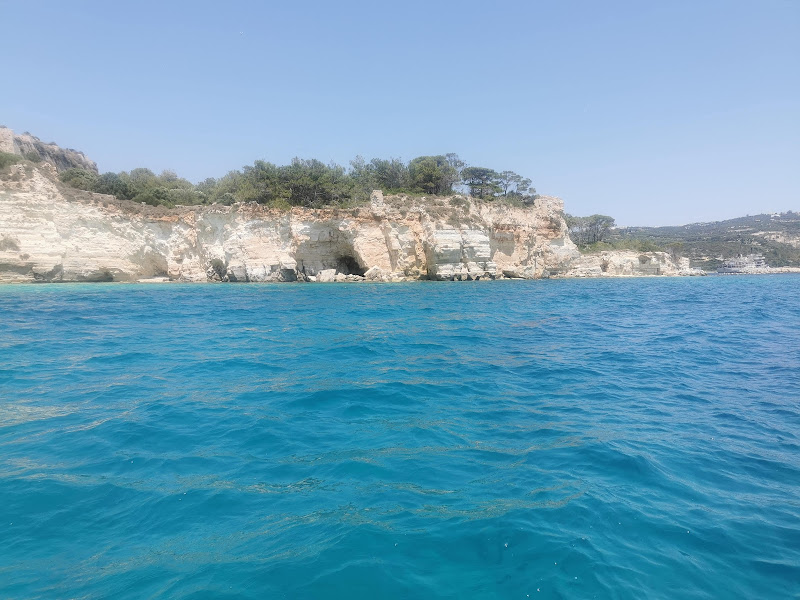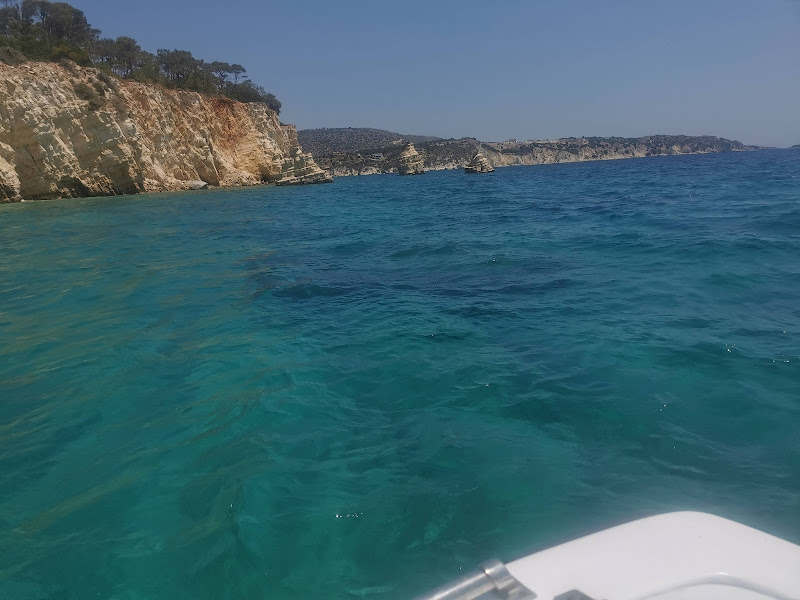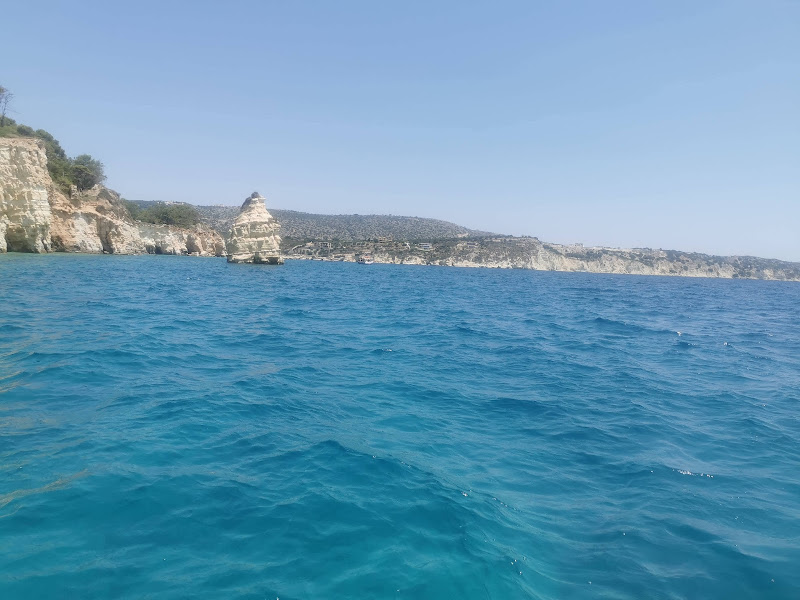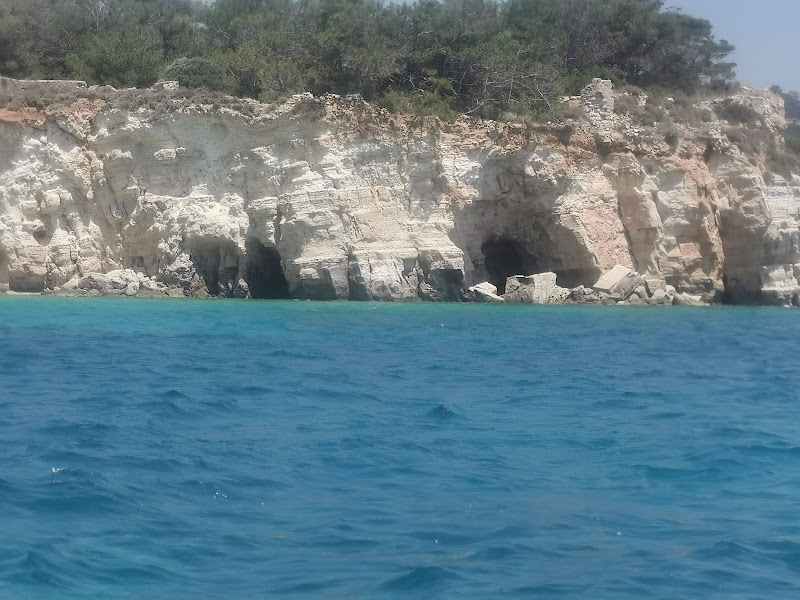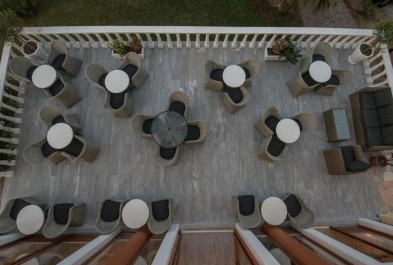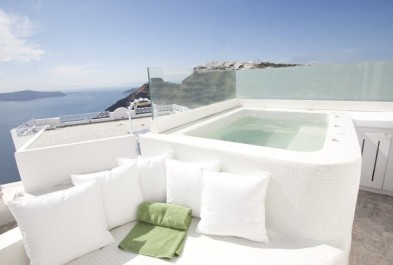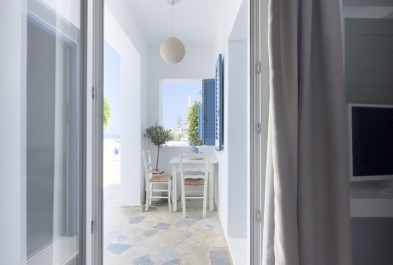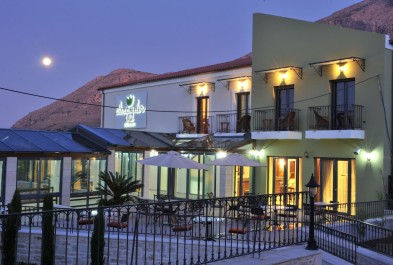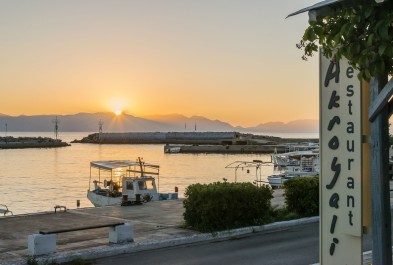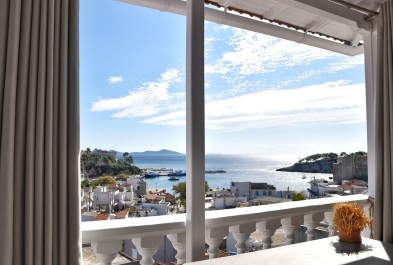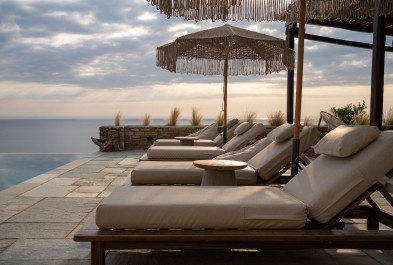Venetian Castle #1210
- Purpose
- Excursion
- Type
- Castle
- Country
- Greece
- City
- Chania
- Zip code
- 732 00
Share links
Description
The names of both the island and the gulf come from the Latin word sudes, meaning "narrow pass."
A fortress already existed on this small island in the 14th century, but the Venetians began building the current castle later, in 1573, as part of their efforts to bolster the defense of Souda's port and control the Gulf's entrance. Latino Orsini oversaw the construction as the architect. The work proceeded rapidly, and within a year, the first cannons were installed. Between then and the Turkish invasion of 1645, the fortress underwent consistent maintenance and improvements. During this time, the central temple, which was built in 1585 and remains well-preserved, was constructed. This temple initially housed clergymen from the St. Augustine order, as there was an Augustinian monastery on the islet before the castle.
When Chania was captured by the Turks in 1646, the Souda fortress was also attacked. Despite this, the small group of defenders successfully protected it. After the fall of Handakas (modern-day Heraklion) in 1669, the islet remained under Venetian control through negotiations. It stayed under Venetian rule until September 27, 1715, when it was finally surrendered to the Turks after a long siege, during which the defenders held out for 72 days.
The Turks held the islet until 1898, when they withdrew from Crete. During their rule, they made no major changes to the fortress, other than converting the central temple into a mosque dedicated to Sultan Gazi Ahmet Han.
The islet of Souda played a significant role in Cretan history, particularly in the battles for independence, serving as both a strategic military point and a refuge for revolutionaries during the Turkish occupation, while it was still under Venetian control.
On February 1, 1913, the Greek flag was raised on the islet for the first time, before Crete's official unification with Greece. After World War II, the islet fell under the jurisdiction of the Greek Armed Forces as part of a broader defense plan for the port. In 1966, the Greek Navy planted trees on the island, which had previously been barren, and Souda continues to be used as a naval base. For this reason, public access to Souda and taking photographs was prohibited for many years.
After persistent requests from the local community, the military lifted its restrictions, and by late spring 2007, visitors were allowed onto the islet twice a week, thanks to the cooperation of the Crete naval yard, the 28th Commission of Byzantine Antiquities, and the Souda municipality. Transportation is available from the Souda port
Indoor amenities
Route to location
Image gallery
Your Review
Please login or register to write your review
Reviews
No reviews found, be the first!


